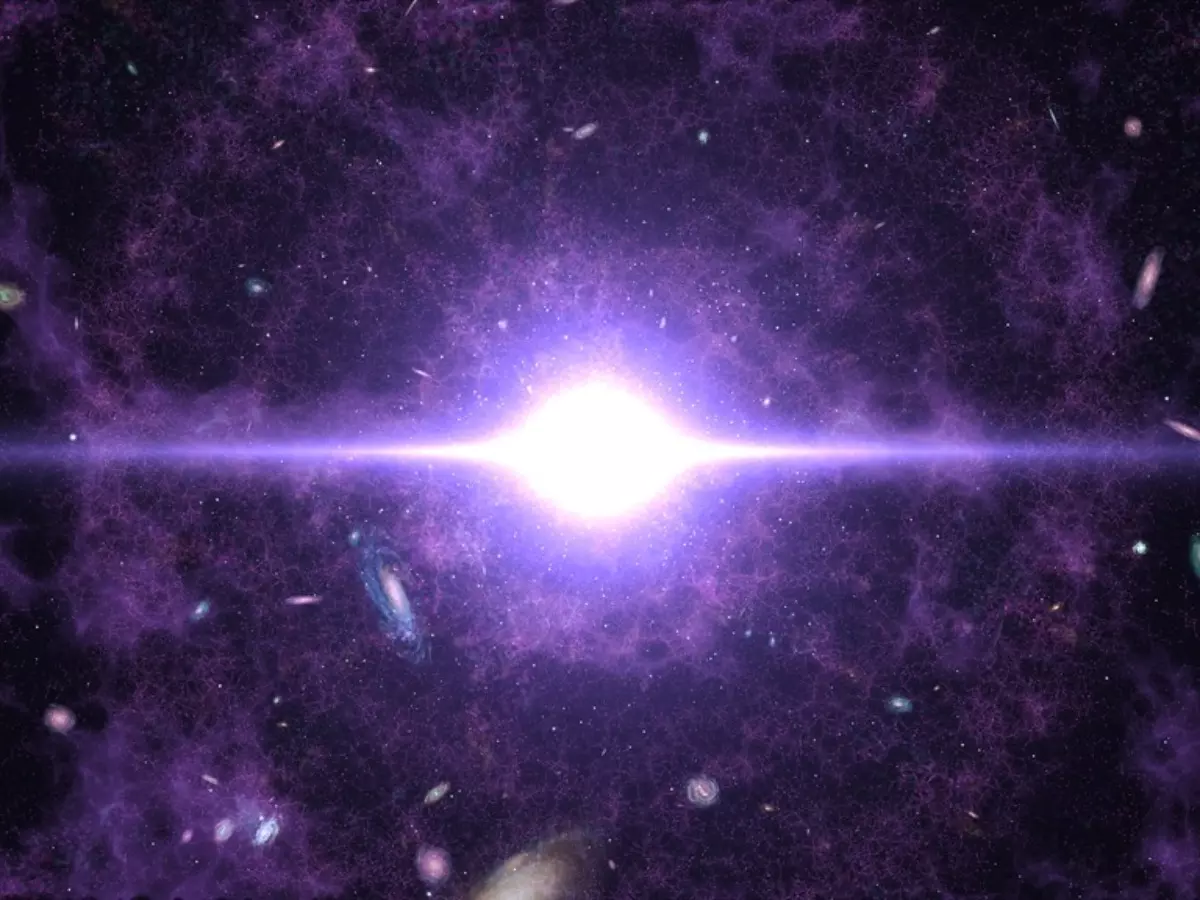New Method To See Earliest Stars Could Reveal How The Universe Came Into Being
Researchers from the University of Cambridge developed a methodology to observe stars and galaxies through clouds of hydrogen

Astronomers have developed a novel technique to "see through" the fog of early universe and eventually see the very first stars and galaxies.
Researchers from the University of Cambridge developed a methodology to observe stars and galaxies through clouds of hydrogen. These stars existed in the universe about 378,000 years after the Big Bang.
 NASA
NASA
Why earliest stars matter
For astronomers, observing the earliest galaxies and stars (right after the Big Bang) has always been a priority, for it might help them understand how universe came into being, and how it evolved from emptiness into a home for galaxies, planets, stars, and more today.
Scientists' methodology to see through ancient clouds and other signals is part of the REACH (Radio Experiment for the Analysis of Cosmic Hydrogen) experiment. In essence, the experiment will help astronomers observe the earliest stars based on their interactions with hydrogen clouds. A press release compared it to inferring "a landscape by looking at shadows in the fog."
 NASA
NASA
Also read: Five New Images By James Webb Space Telescope Show Distant Universe In Unreal Detail
"At the time when the first stars formed, the universe was mostly empty and composed mostly of hydrogen and helium," Dr. Eloy de Lera Acedo from Cambridge's Cavendish Laboratory, and the paper's lead author was quoted by Phys.org.
He added, "Because of gravity, the elements eventually came together and the conditions were right for nuclear fusion, which is what formed the first stars. But they were surrounded by clouds of so-called neutral hydrogen, which absorb light really well, so it's hard to detect or observe the light behind the clouds directly."
 iStock
iStock
Studying early universe
To study this period of universe, called "Cosmic Dawn," astronomers study the 21-centimetre line - "an electromagnetic radiation signature from hydrogen in the early universe." Scientists look for a radio signal that is able to measure the contrast between radiation from the hydrogen and radiation behind the hydrogen fog.
 NASA
NASA
Also read: Astronomers Assess The Structure Of The Universe By Linking 64 Telescopes
Astronomers have been unable to figure out where the first light came from in the universe. Once that mystery is solved, we might be able to find the source of all activity in the universe.
What do you think about such studies that aim to understand the universe? Let us know in the comments below. For more in the world of technology and science, keep reading Indiatimes.com.
References
Staff, S. X. (2022f, July 21). Astronomers develop novel way to ¡°see¡± the first stars through the fog of the early universe. Phys.Org.
